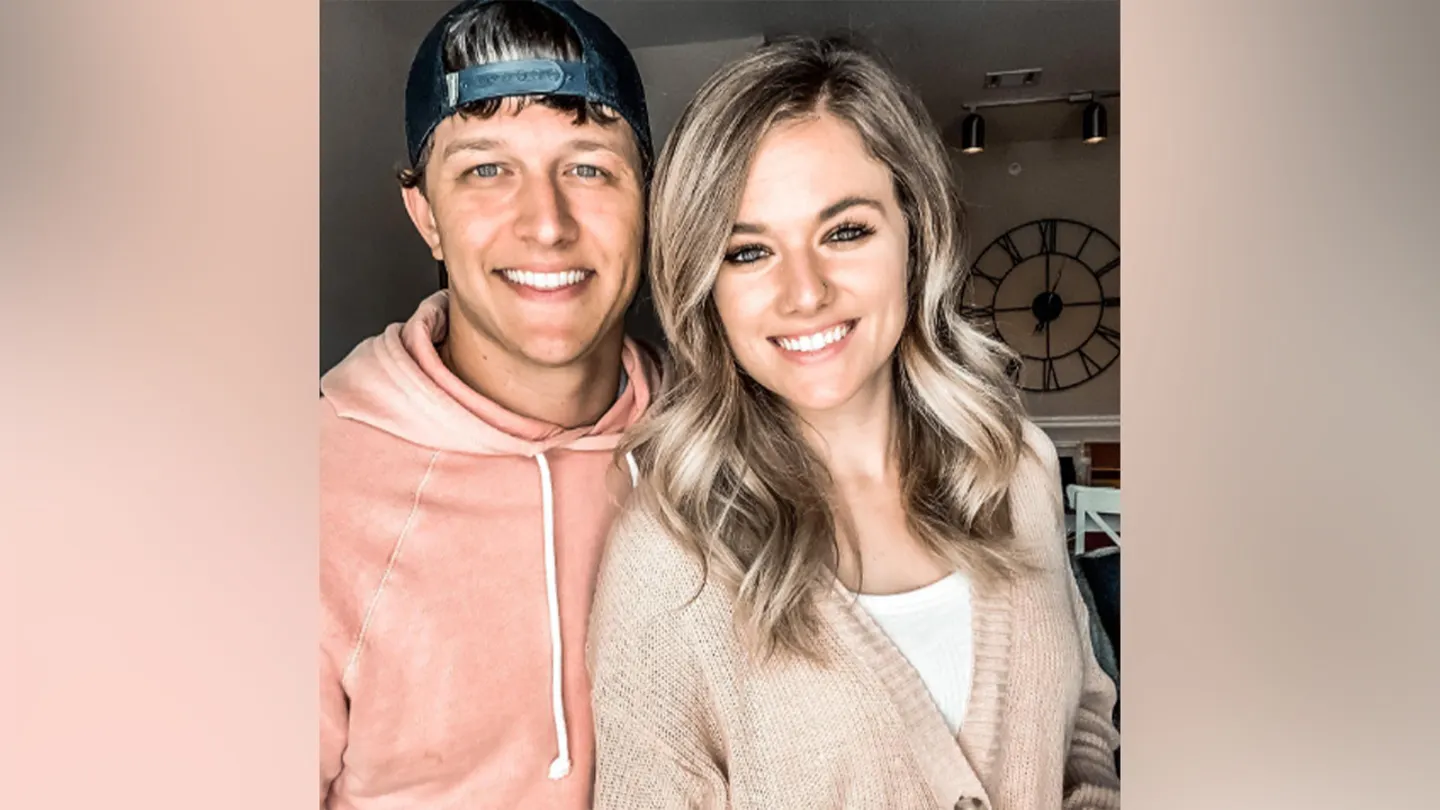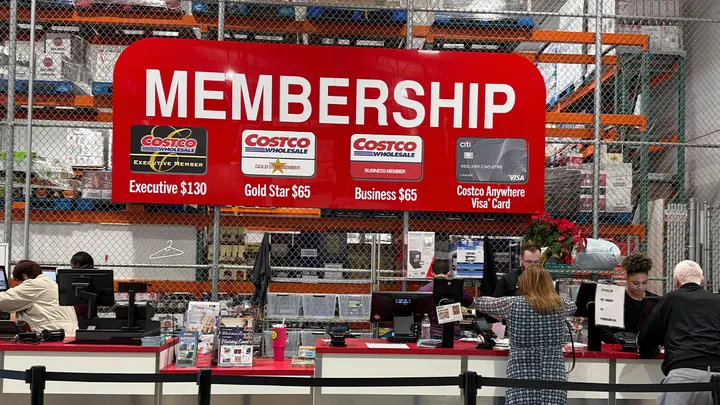Economist Amy Finkelstein has studied America’s patchwork of health insurance policies for more than 20 years. In a forthcoming book she concludes it’s time to tear the whole system down.
Scroll down to listen to the full episode, read the transcript and get more information.
If you want more deep dives into health policy research, check out our Research Corner and subscribe to our weekly newsletters.
Note: This transcript has been created with a combination of machine ears and human eyes. There may be small differences between this document and the audio version, which is one of many reasons we encourage you to listen to the episode!
Dan Gorenstein: Amy Finkelstein has studied America’s health insurance system for more than 20 years. She’s conducted some of the most rigorous, most complex research on the topic — and she’s come to one very simple conclusion.
Amy Finkelstein: It’s just not a system that can work.
DG: Today, why one of the country’s leading economists says it’s time for a total overhaul — and what she believes we should build in its place.
From the studio at the Leonard Davis Institute at the University of Pennsylvania, I’m Dan Gorenstein. This is Tradeoffs.
***
Amy Finkelstein is a professor of economics at MIT. She’s won a MacArthur genius award and authored some of the most important health economics papers in the last 15 years.
Later this month, she’s publishing a short book called “We’ve Got You Covered” cowritten with Stanford economist Liran Einav.
So first of all, Amy, this book we’re talking about today is actually, I believe, the second book you published already this year on insurance. Is that right? And do you need some suggestions for hobbies?
AF: Yes, I’m a self-proclaimed insurance geek, but this is my last book on insurance this year, so I’m weaning myself off the habit.
DG: You said this year…
AF: You’re quick. You caught me.
DG: So Amy, I’m not sure I know anyone more allergic to anecdotes than you. You’re all about the data. And one number jumped out at me early in your book.
Many of us know about 10% of Americans — or 30 million people — are uninsured right now. But the number I’d never seen before is your estimate that over a two year period, 25% of Americans under 65 — one in four of us — will go without coverage at some point in that window.
What does that number tell you about the health of our insurance system?
AF: That’s really just crazy if you think about it. The entire purpose of health insurance is to provide some modicum of stability in an unstable and uncertain world. And yet, perversely, health insurance coverage, what is supposed to provide that stability is itself highly uncertain. So right when you fall ill and need insurance most you can find yourself suddenly and unexpectedly uninsured.
DG: So for tens of millions of Americans, you’re saying Amy, health insurance is fundamentally broken. It’s failing to serve its basic purpose.
AF: Exactly. And those who are insured, even if they don’t lose their coverage, may find that coverage extremely inadequate when they actually get sick. There’s an enormous amount of medical debt in the United States. But something like three-fifths of that medical debt is incurred by people who have health insurance.
DG: And you make it clear from the start, you think the era of incremental improvements to our health insurance policies should end. You write that quote, “It’s time to build a new house from scratch.” In just a couple of sentences, sketch out your blueprint for that new house.
AF: That’s the easy part. It can almost fit on a bumper sticker. It’s free, automatic basic health coverage for all with the option for people who can afford and want to to buy extra insurance. That’s it. Now, obviously, the devil is in the details there but at a high level, that’s the idea.
DG: When we hear these sorts of big ideas — blowing up the system, universal coverage — we’re looking for Bernie Sanders, not an MIT economist. But since you are an economist I’d like you to walk us through some of the evidence behind this bumper sticker solution that you’re proposing. Free, basic coverage for everyone with the option to buy more if you can afford it.
Let’s kick off with this idea of universal coverage — that everyone should be automatically enrolled in the same basic thing. What data convinced you that’s the right move?
AF: So one startling fact is that about six out of 10 of the currently uninsured individuals are actually already eligible for free or heavily discounted health insurance. They’re just not enrolled. Even making everyone eligible for free coverage — if it’s through a patchwork of programs like our current system — where there’s one program if you’re poor and one program if you’re disabled, people are always going to be unsure about which program they’re eligible for and people will slip through those gaps in the seams.
DG: You’ve talked about this patchwork for years and it seems like you really dug into its history in the book. You catalog how policymakers have continued to add new patches, new programs for people with COVID, postpartum moms on Medicaid low-income people with HIV…
And Amy, when you zoom out, what you see is a picture of a country that is actually trying — in a kind of super inefficient and ultimately inadequate way — to meet everybody’s basic medical needs.
AF: You know you still get a lot of care when you’re uninsured and you’re paying for only about 20 to 30 cents on the dollar. The rest is paid by some combination of the state or federal government or through unpaid medical debt from hospitals. But I hadn’t sort of put it together to realize, oh my goodness, that means like, we’ve kind of backed ourselves into attempting to do universal coverage. Now, of course, anyone familiar with the many problems in the U.S. health care system may say, “Oh, come on, we’re doing a terrible job,” and I think we are, but that illustrates our failure to live up to those commitments — not their absence.
DG: So your point is basically, look, we’re already basically providing universal coverage. We don’t call it that. We don’t quite think of it that way, but it’s already there. So if we’re gonna do it, let’s do it well.
AF: Right, we’re trying to make sure that people don’t die in the streets, that everyone has access to essential medical care. We’re not succeeding. And once you realize that’s what we’re doing then it’s kind of obvious, you know, you do what every other high income country does and you give automatic, universal basic coverage.
DG: Do you feel like you’re the first academics to sort of connect these dots like this?
AF: Oh, I’m sure we’re not. I mean, in some sense, I think the worst and the best thing you could say about our book is “duh,” right?
DG: [Laughter] Okay, so Amy not only are you saying and again, I’m still looking for the Bernie Sanders hair coming out of your ears or whatever. Not only are you saying that everyone should get coverage, but you’re also saying that it should be free. Do they take away your economics card when you start talking like this?
AF: [Laughter] Yeah, this is the point where we get kicked out of the academy. I mean, this is as close to — I’m not sure it’s going to be, you know, burned at the stake like Galileo — but this is as close to heresy as one comes in the economics profession.
DG: And to this joke about being burned at the stake, right, like health economists have talked for years about the essential role that cost sharing these copays that we all have place this kind of like really important check on patients. Cost sharing stops people from getting too much care that they really don’t need. Your proposal flies in the face of this economic orthodoxy.
AF: Yeah. And let me just double down on that and say Liran and I have been out there, you know, not only preaching that orthodoxy to generations of students, but contributing evidence to it. There is a huge body of evidence that shows incontrovertibly that if you make people pay something for their health care they use less medical care. And it makes sense, you know, when you make things less expensive, people buy more of it. The research was correct in terms of what it found. It’s the implication that we drew from it was wrong — at least when it comes in the context of universal coverage.
DG: So if copays work — get some waste out of the system — why wouldn’t you include them in your plan? What’s the problem with them?
AF: The problem with copays is there will always be people who can’t manage even a $5 copay for a prescription drug. And that’s what we see in country after country — policymakers scrambling to create all kinds of exceptions for situations when even small copays are prohibitive. And so we have copays and then we have exceptions for the copays and then we have people having to know which exception they qualify for, and with all the complexity and the administrative costs, they end up saving almost no money and just creating a lot of headache and hassle.
DG: And for people who need help with their copays but can’t figure out how to get it, studies show that can have real, even deadly health consequences. They don’t just cut back on wasteful care but also on life saving stuff like drugs that prevent strokes and heart attacks.
After the break, Amy defends letting rich patients buy better access to care — and eats a slice of humble pie.




